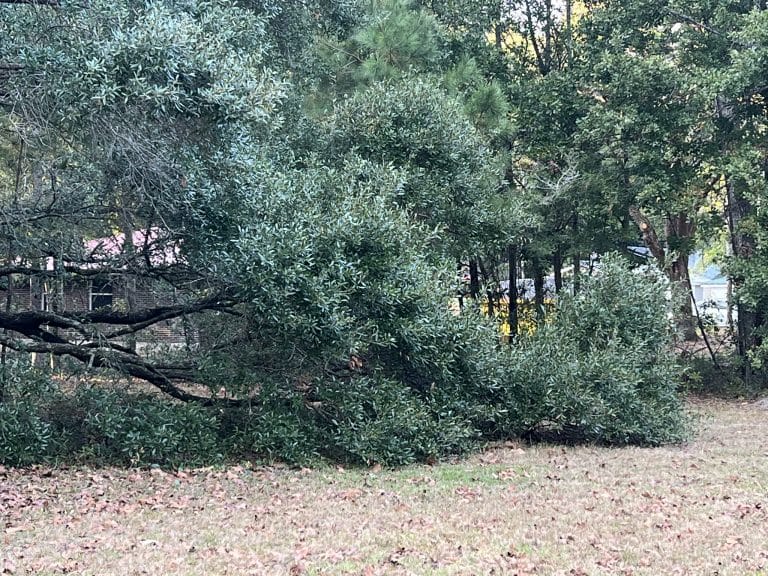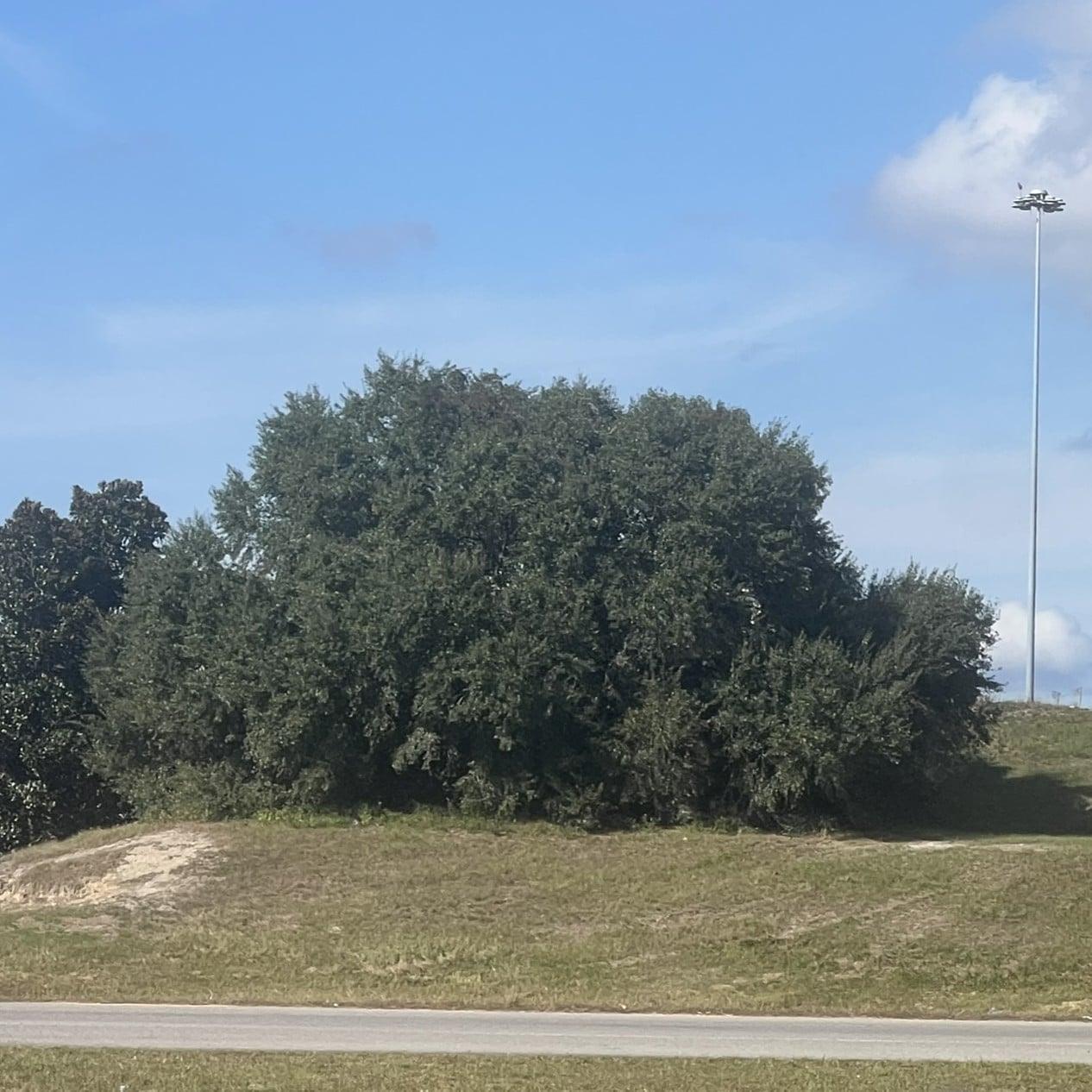Live Oaks are iconic trees across the coastal plains of the northern Gulf of Mexico and southeastern Atlantic coast. As much as any tree has value in our personal and community landscapes, this species tops them all. As a large, spreading, evergreen tree, it stands out and provides shade and cooler temps in our humid summer months. They are also some of the longest-lived trees across their range, living for hundreds of years. But that is how humans view them. The features that we prize also have important functional value in the areas where most of these trees grow – maritime forests.
As a dominant tree of these shoreline forests, Quercus virginiana, has evolved to endure high winds and salt spray, that impacts them on a regular basis, through the passage of winter fronts in most years, and occasional hurricanes. Their growth habit is a clue to how they manage this feat and a lesson for us on how to ensure that these iconic trees have the space they need to continue to thrive.
A Live Oak left to grow naturally in maritime conditions, grows in what my arborist friend David Minkler describes as a mounding-spreading form – a wide, rounded shape that includes very large lateral branches that grow downward, eventually touching the ground in all directions. It is common to see a tree that reaches 50-60 feet in height with branches growing horizontally 50-60 feet from the trunk. A reported champion tree in southeastern Louisiana is 68 feet high with a total spread of 139 feet. In a healthy tree, a wall of leaves hides the branches and trunks.

It is only when humans insist on altering this mounding-spreading form do these trees become vulnerable to winds and waves. We like to freely walk beneath a canopy of large branches. We also insist on building too closely to trees, cutting roots and compacting the soil within the root zone. The combination of altering the bowl shape of the tree and weakening the root structure makes them vulnerable to being blown over in heavy weather.
In extreme cases of over managing these trees, some landscapers practice Lion’s Tailing, that leaves balls of foliage at the ends of branches that resemble a lion’s tail. They do this by removing smaller interior branches and leaves along major branches. Apart from the stress of removing living materials, this practice lets the wind move more freely through the trees, making toppling more likely.
What we should do is embrace the mounding-spreading form of Live Oaks, as much as we can and enjoy the beauty and functionality of what evolution has forged. Sadly, even when we do abuse the above and below ground parts of these trees, they persist, even though they are not in the best-looking form. We should strive to do better with these beautifully designed trees and make room for them. They survive storms better than we do.
Hope to see you in our great outdoors!




